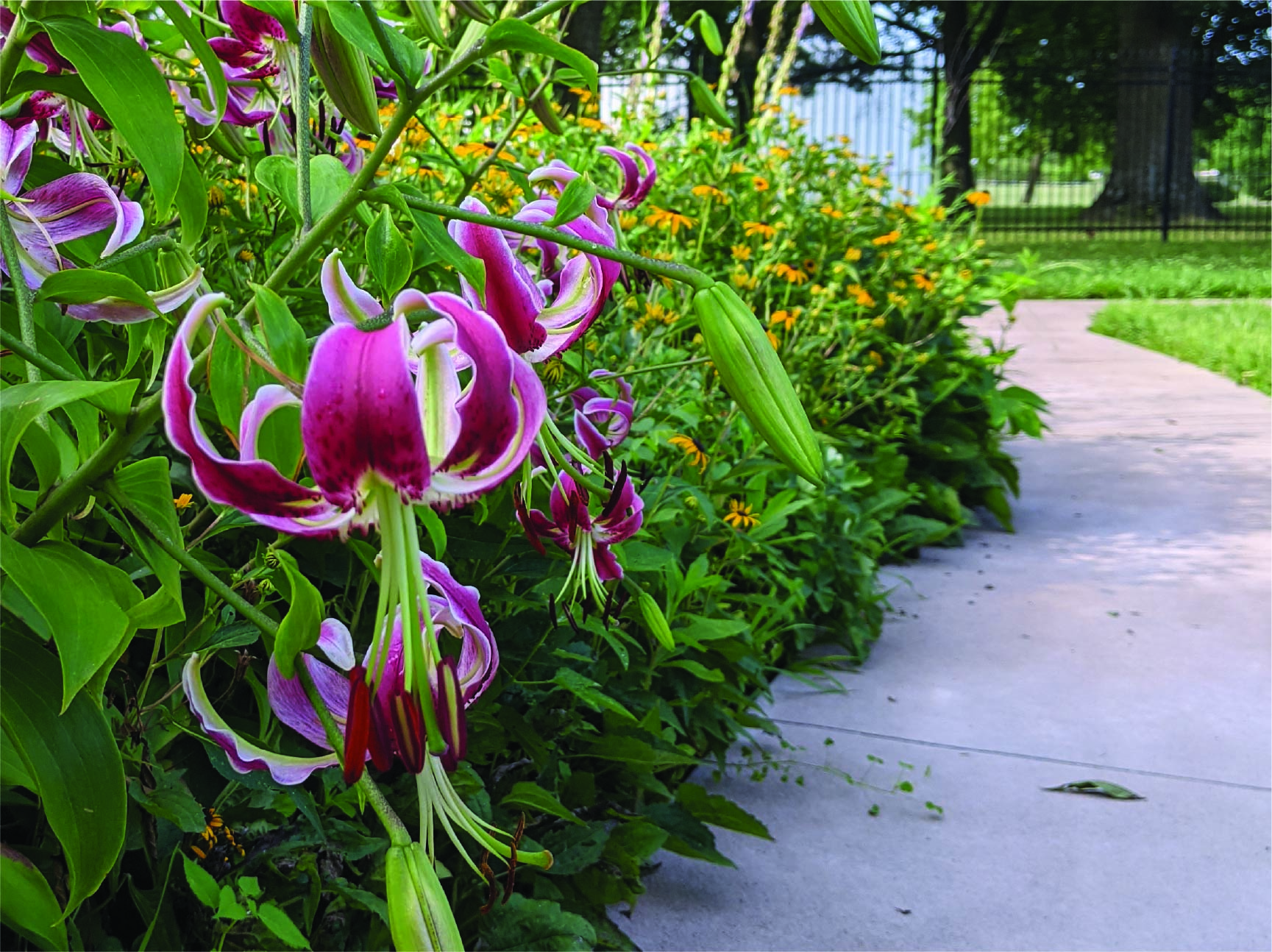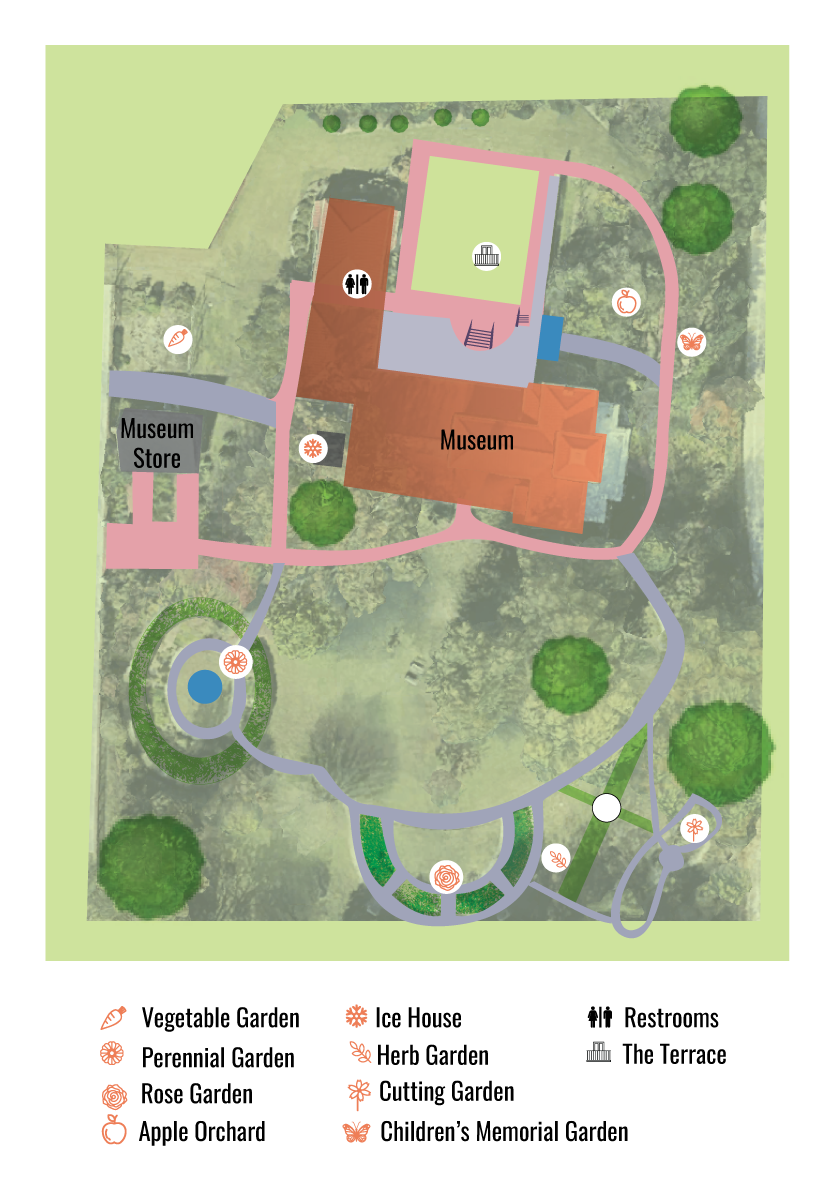Botanical Garden at Peel Museum

Perennial Garden: This tapestry of color and texture is made primarily with Perennial plants. They regenerate and re-bloom year after year from the root system. Perennials are key players in soil health. They offer reliable soil cover, improve soil structure, and maintain partnerships with soil microorganisms throughout the year.

Rose Garden: The rose garden includes varieties selected for fragrance, color and petal count and includes many varieties from David Austin Roses. You will see the Rose Arch climbing with roses and flowering perennials. Did you know Rose Fossils date back 35 million years!

Herb Garden: The Herb Garden contains over 40 edible and medicinal herbs that not only have use in the kitchen but also benefit our pollinator friends. This space offers summer food and winter shelter for insects! Herbs were an important resource used for medicinal and culinary purposes in the late 1800’s.

Cutting Garden: Cut Flowers were traditionally used in ceremonies, both as dried and fresh cut flowers. Katherine Peel’s marriage to William Anderson took place in the Parlor in April 1891. It’s not a stretch to think the flowers in-season, namely Daffodils and Violets, would have likely been included for the nuptial celebration.

Vegetable Garden: The vegetable garden is full of heirloom vegetables. Harvested vegetables are donated to local food banks. Curious to know what the word “heirloom” means? Heirloom refers to a plant that is open-pollinated. Open-pollination is when pollination occurs by insect, bird, wind, humans, or other natural mechanisms. This allows the seed to be harvested, saved and passed on to the next generation.

Children’s Memorial Garden: A Memorial Garden for those we’ve lost and love. The Phyllis Abrahams Children’s Memorial Garden features unique Butterfly sculptural art and a butterfly bench, each piece is a memorial object and represents rebirth. Special plants in this space include Snapdragons and Milkweed, which are both host plants for Butterflies.

Apple Orchard: The Peel Museum was surrounded by acres of apple orchards that stretched from where you stand now all the way to the cemetery still located across the street. This large expanse of apple orchards would have made the Peel family part of the larger apple industry that was thriving in Bentonville from the 1800’s to the 1920’s.
















